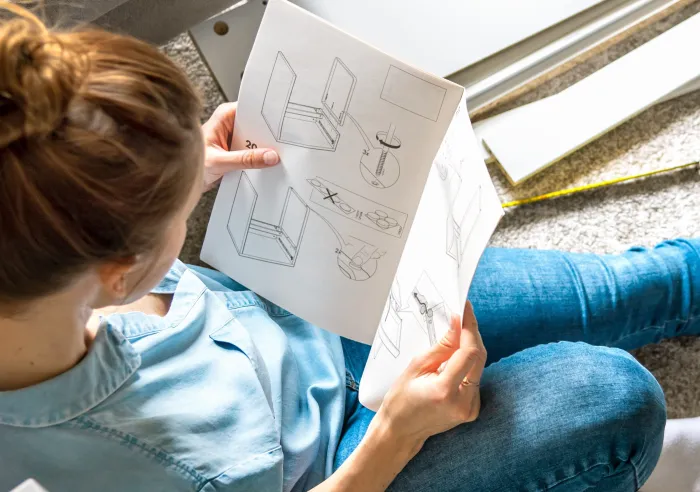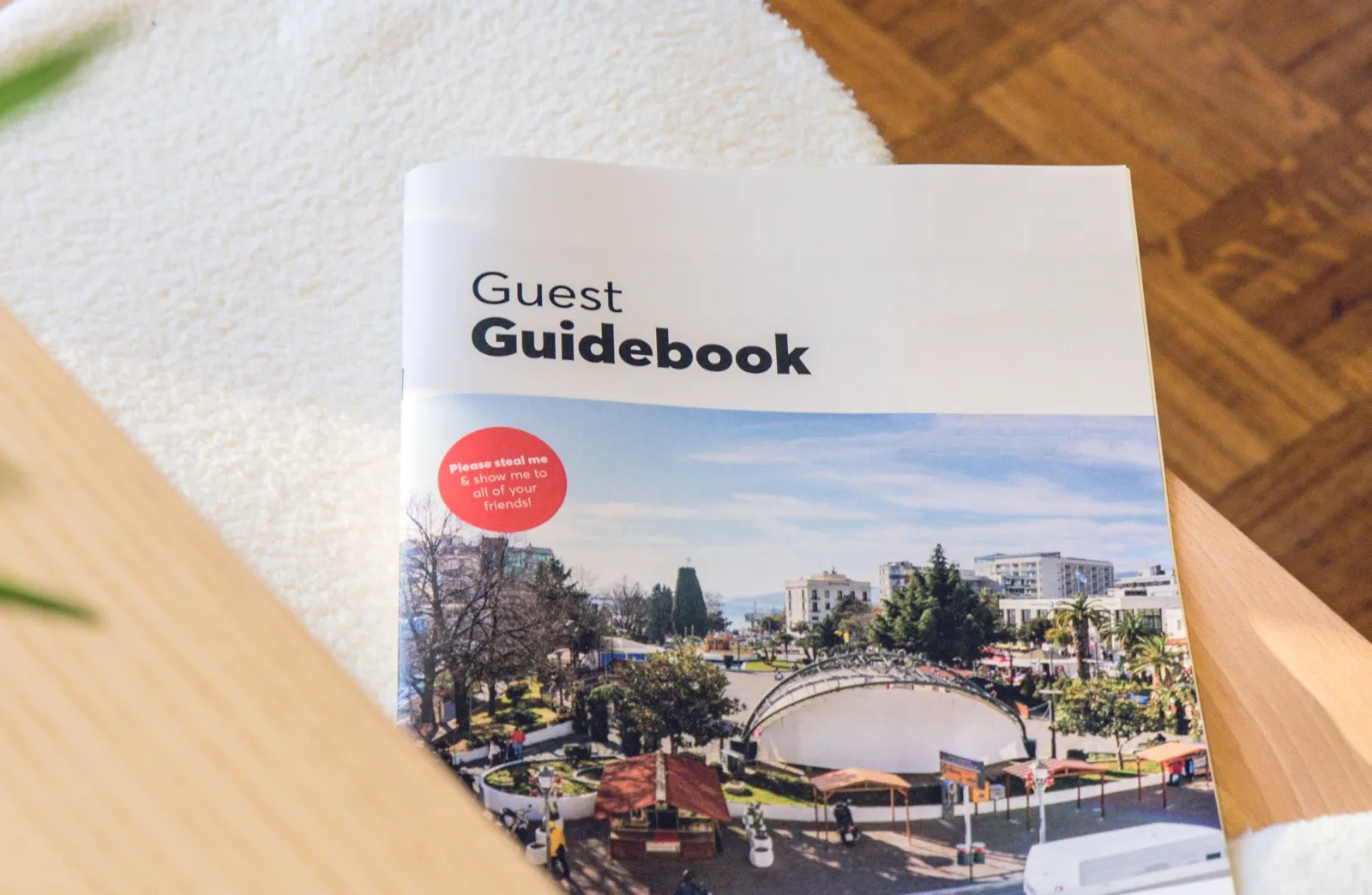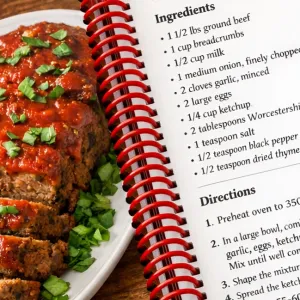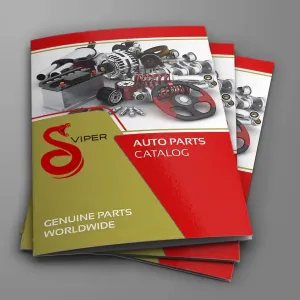Why is a “Self Cover” Booklet more Economical?

estimated reading time: 3 minutes
What is a Self Cover Booklet?
The majority of books and booklets are produced using a different
paper stock for the cover than what is used for the interior pages. For
example, it is very common to use a heavier weight of paper for the cover and a
lighter weight of paper for the pages. It is also common for a booklet's cover to
be made from a coated paper stock while the inside pages are uncoated. In both
of these examples, the paper stock for the cover is a different type of paper
than what is used for the interior pages.
However, a Self-Cover Booklet uses the same type of paper
for the outside cover as it does for the interior pages. The entire booklet, cover
and pages, is printed on the exact same type and weight of paper. The ink
colors could be different between the cover and pages but as long as the paper used
throughout the entire booklet is the exact same type and basis weight, it is known
as a Self-Cover booklet.
By the way, any softcover book could technically be produced
as a self cover book. But 99% of the time, the self cover option is used in
conjunction with the saddle-stitch binding method.
Why is a Self Cover Booklet more economical?
You might surmise that a heavier weight of paper costs more
than its lighter counterpart, and thus foregoing the heavier cover will result in some cost savings. Although this is true, any
savings due to paper differences are usually minimal. The real savings of a
self-cover booklet arise from the efficiencies gained during the printing and assembly
phases of production.
Because a self cover book uses the exact same paper
throughout, the entire book can be printed, folded, and assembled as a single production
run. Conversely, a book that requires the cover to be printed on a different
stock than the pages would need two separate production runs - one for the
pages and one for the cover. Each would have to be run through the printing
press separately, then the pages and cover would have to be matched up and
collated together prior to binding. This adds additional time and labor cost to
the project.
Another production step that can often be eliminated when
producing self-cover books is the scoring of the cover. Heavier cover stocks
often need to be scored along the fold line prior to saddle-stitching so they fold
smoothly. By using a thinner text weight for the cover, this step can often be
eliminated.
Additionally, paper weight is a big consideration for
printed items that are sent through the mail. This is why almost all
saddle-stitched mailers and newsletters are created as self-cover booklets.
Foregoing a heavier cover and using a lighter weight of paper for the entire document
will often keep the piece from entering into a higher postage bracket.
What type of Booklet Projects use the Self Cover option?

Saddle-stitched instruction booklets, such as those included
with a manufactured product to explain assembly, proper use, and maintenance
are often made as self cover booklets using a basic paper stock. Most
product instruction booklets will only be referred to a few times, so there is
no real need for a durable cover.
Also, multi-page brochures are almost always made with the
self-cover option and use the same gloss paper stock throughout. In fact, brochures
for high-end products will often use a heavier cover weight for the entire
document to add a prestigious look and feel.
Saddle-stitched magazines and comic books are sometimes made
as self cover booklets, as are some product catalogs. Multi-page newsletters
and bulletins sent through the mail are often made as self cover booklets to
reduce the overall weight of the document, thus saving on postage.
Color Vision can produce just about any type of book or
booklet you may need, self-cover or otherwise. If you have an upcoming project,
get in touch with us at 800-543-6299 or submit our quote request form. We offer
all softcover binding methods as well as a variety of finishing options. We
look forward to assisting with your next print project!
Related Articles

Which Book Projects Benefit From Being Spiral Bound?
Read This Article

Booklet Catalogs: Why is this Catalog Format so Popular?
Read This Article

Creating a Comic Book? Here’s some Advice from a Printer
Read This Article

Perfect Binding vs PUR Binding: What is the Difference?
Read This Article